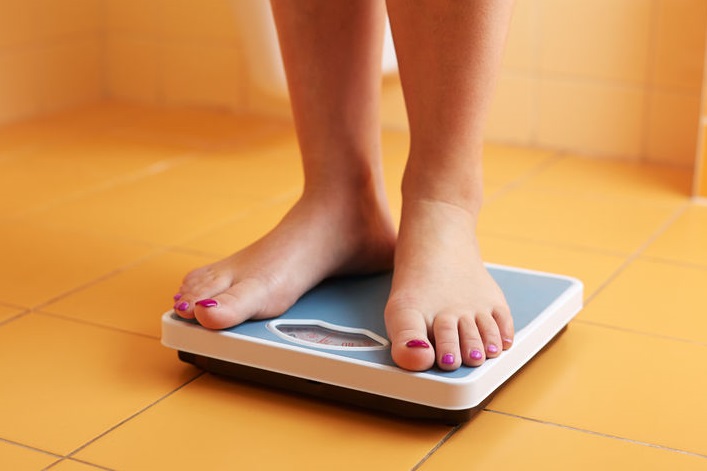Don’t you like to run? Then try walking better. The walks long and regular will help you burn more kilos and positively affect your health and wellness.

If you want to shed those extra pounds, and you have recently found it difficult to get around to visiting the gym, then go for a walk. But not lazily, with cell phone in hand and a dog on a leash. This is about a fast and energetic march. Such activity will burn calories and improve your general well-being.
How many calories do we burn with walks?
The number of calories you burn with a walk depends on many factors, including age, weight, gender, health, metabolic rate, or pace. In general, a person weighing 60 kg during a brisk walk (5-6 km / h), lasting 60 minutes, is supposed to burn about 200 kcal. The type of surface we walk on is also important.
When walking on the beach, we burn more calories than when we walk on a more stable surface (for example, pavement). The technique is also important: during the walk, in which we engage our arms to work, we burn more calories than during a free walk. Nordic walking is much more effective. When using this technique, a person who weighs 60 kg during walking time will burn more than 300 kcal.
What else do we gain by hiking?
During walks, we release tension from the muscles, relax, oxygenate the body, increase the production of endorphins, that is, the hormone of happiness, which is responsible for well-being. In addition, regular walking perfectly develops the muscles of the thighs, calves and buttocks, improves blood circulation and the efficiency of the heart.
How many steps should you take during the day?
According to dietitians and doctors, as well as pedometer and step counting apps, we should do 10,000 steps every day. This is a generally accepted norm that will allow you to stay healthy and enjoy a good shape, but the more you walk the better.
So sometimes it pays to leave home early and go to work or school on foot and go for a walk (if we’re too far away, we can just get off the bus a stop or two early). And if the weather doesn’t allow you to walk, you can use a machine at the gym.
Walks level blood glucose
Most people consume large amounts of food at night, which is the least physical activity we will do after the meal, we spend it sitting, in front of a television or smartphone before going to bed.
As a result, the blood sugar level rises rapidly and abruptly and remains elevated for hours.
A study found that people at high risk of developing type 2 diabetes had a slower rise in blood sugar levels after walking on a treadmill for 15 minutes after meals.
The researchers also found that this short post-meal walk was even more effective than a 45-minute walk in the morning or afternoon.
Walks stimulate digestion
Another study suggests that light movements after meals stimulate digestion. It should not be confused with intensive exercise, especially if foods that take longer to digest (such as proteins and fats) have been incorporated.
A diabetes and exercise researcher „Exercise promotes peristalsis, the process of transporting digested food through the digestive tract.“
In addition, a short walk can counteract reflux symptoms, such as heartburn, therefore it could also make us feel fuller and longer.






